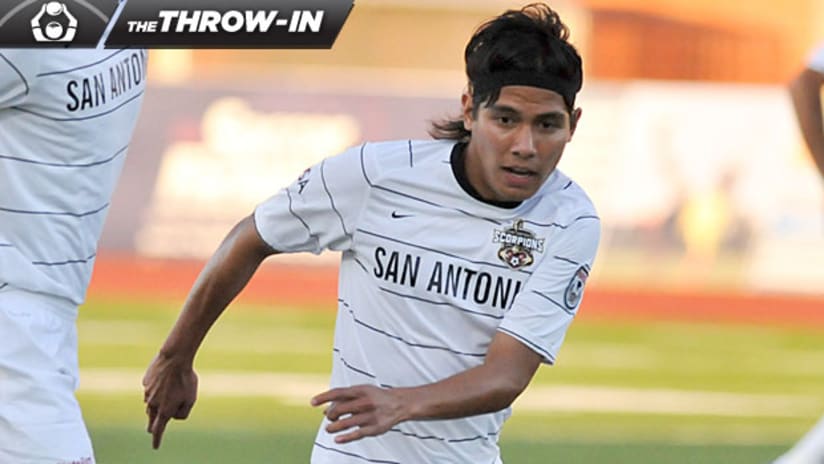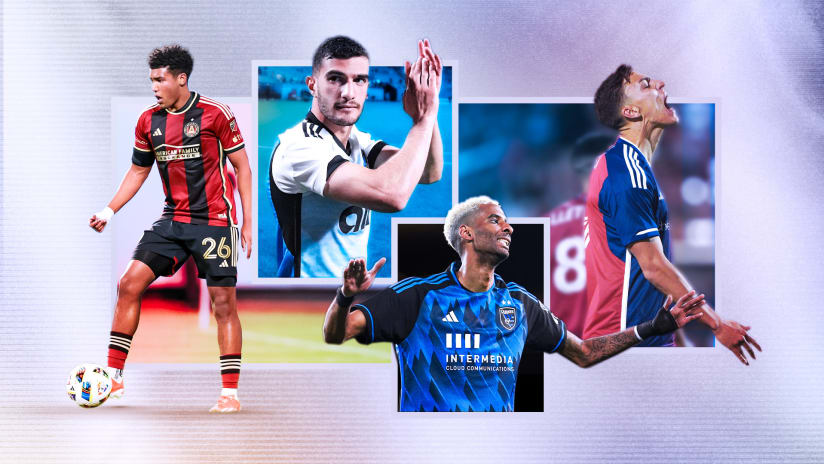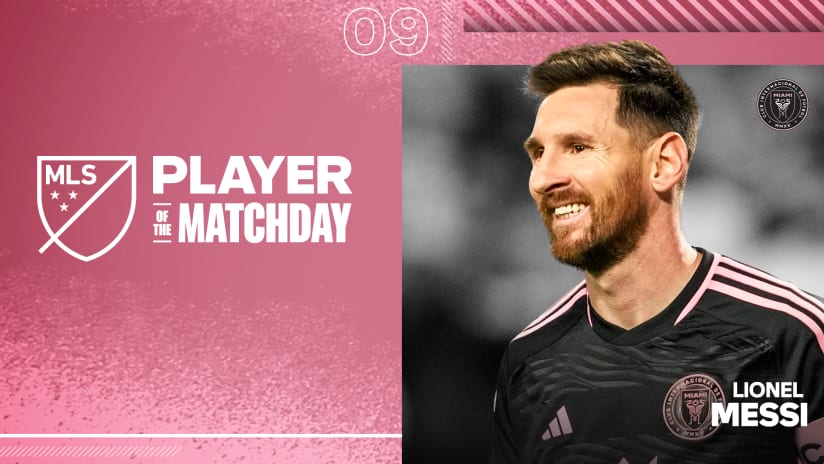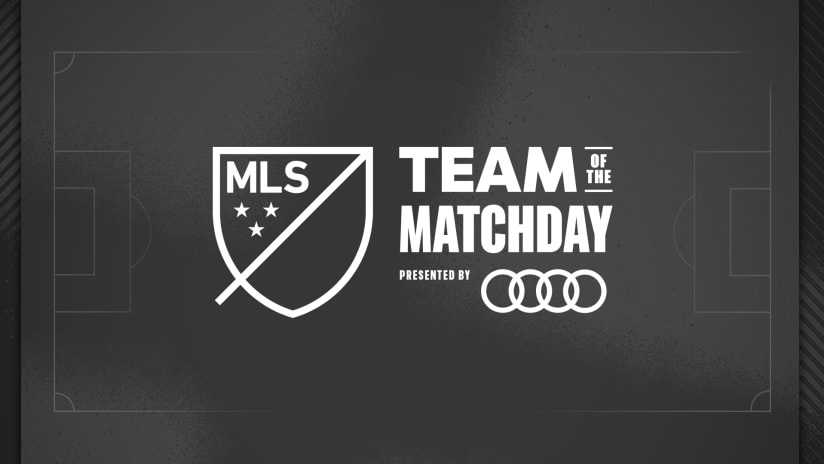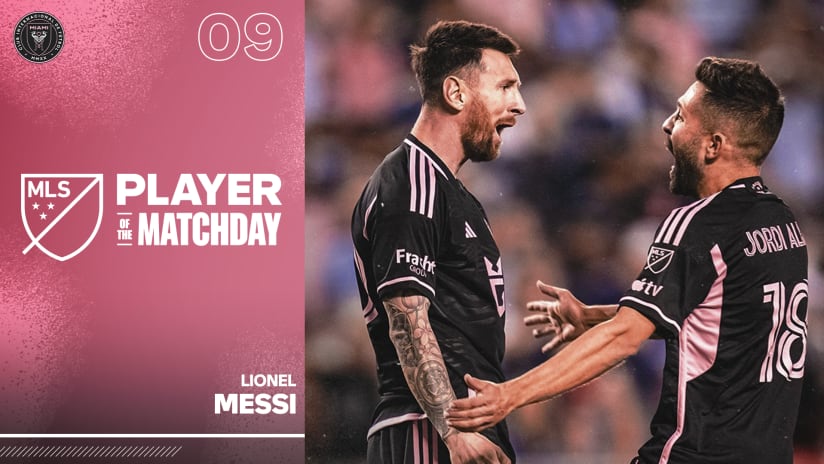If you’re an MLS fan, you probably have some casual knowledge of the second-division NASL.
You know there are eight teams in major and midsize markets, some that were absorbed from the USL, like the Puerto Rico Islanders and Carolina RailHawks. You probably know some took on names from the past, like the Tampa Bay Rowdies, the Fort Lauderdale Strikers and, next year, the New York Cosmos.
You may even know the remarkable story of the first-year San Antonio Scorpions, who have been nearly filling an 11,000-seat football stadium while they build a soccer-specific stadium of their own, and finished with the best record in the league thanks to a roster full of familiar names like Ryan Cochrane, Jeff Cunningham, Kevin Harmse and 2012 Golden Boot winner Pablo Campos.
There’s a lot going on in the level just below MLS, from ongoing expansion that continues in Ottawa and with the Cosmos, to an ambitious plan to shift to a split schedule in 2013 that mirrors Latin America’s Apertura/Clausura set-up.
We’re even making an attempt here at MLSsoccer.com to connect the leagues further, with weekly updates on the NASL, a league we consider to have growing importance to the MLS audience.
READ: Minnesota, Tampa Bay to play for Soccer Bowl title
And just underneath all that, there’s something more exciting going on: a movement toward more collaboration with Major League Soccer.
What that future holds is still a bit under lock and key, as there are lots of discussions going on between midtown Manhattan and the NASL’s home base in downtown Miami. But one aspect that’s more immediate is one that’s paying dividends for both leagues.
This season, MLS clubs sent 11 players on either short-term or long-term loans to NASL sides. That’s a number that has trended steadily upwards since the NASL’s inaugural season in 2010.
Players like Bryan Arguez, Conor Shanosky, Michael Tetteh and Josue Soto (pictured above) are by no means big stars, mind you. But they all have one thing in common: They’re young players with big potential who have found minutes hard to come by on their respective first-team rosters. And continuous run-outs in the MLS Reserve League may not be an accelerated enough learning curve.
“We know for a fact there are some really quality players on MLS rosters that don’t get enough playing time to become better players,” David Downs, the NASL commissioner who's moving on to new challenges this winter, tells MLSsoccer.com. “We believe if they were playing in our league in front of 4,000 to 6,000 fans, with real men in real competition, that’s a better situation for them.”
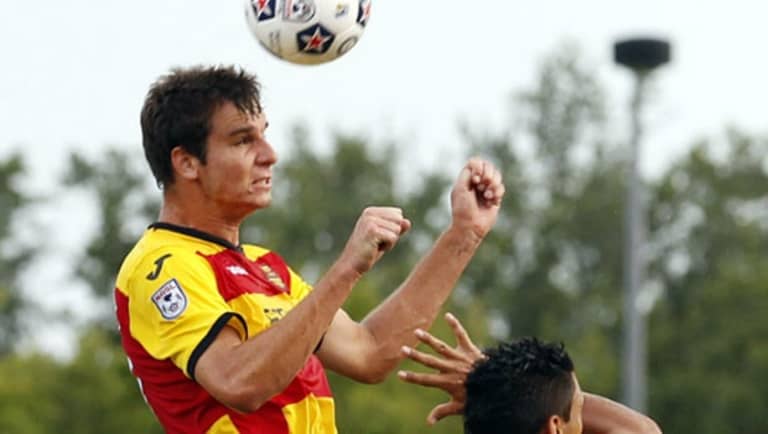
The best example may be Shanosky (at right), a D.C. United Academy product who has yet to see time for the first team. But in 2012 while on loan to Fort Lauderdale, the 20-year-old US youth product had a breakout campaign, starting in all but two games for the Strikers alternating at left back and holding midfielder.
Meanwhile, back in San Antonio, 23-year-old Soto played the 14th-most minutes on the Scorpions roster, scoring a pair of goals and adding three assists over 10 starts – all while splitting time between his loan club and his parent club, the Houston Dynamo, where he’s played in six Reserve League games.
If you ask his teammates, he’s been a major reason why the Scorpions won the NASL equivalent of the Supporters’ Shield in their first season. And that’s far better than not playing at BBVA Compass Stadium.
“I know what it’s like when you’re not playing,” explains NASL Best XI selection Cochrane, who knew Soto as an academy kid during his years in Houston. “Any time you can go somewhere and get games – good pro games – that’s what it’s all about. For a younger guy like him not to be sitting on the bench, he’s here developing in game situations against good players. He’s a guy you can see [improvement in] from Day 1.”
What’s lacking here is any sort of official arrangement. MLS clubs are free to loan their players out wherever it makes sense – and indeed, may do so to teams that are geographically convenient. (San Antonio also counted FC Dallas Homegrown striker Ruben Luna and Dynamo backup ‘keeper Tyler Deric among their on-loan players this year.)
And going forward, there could be something more standardized. One possibility is a full affiliate system like the kind found in Major League Baseball, where each MLS club would have a designated lower-division partner. Another could be a system whereby MLS clubs’ reserve teams play directly in the NASL or third-division USL Pro, much like the set-ups in Spain and Germany.
The details have yet to be hammered out, according to MLS executive vice president of player relations and competition Todd Durbin, and discussions are ongoing since all sides have interests to protect.
For the NASL, it’s a question of finding the right balance without compromising the “brand value,” as Downs puts it, of the league and the individual teams. In other words, clubs don’t necessarily want to be seen predominantly as playgrounds for MLS talent.
On MLS’ side, it’s a question of loosening the reins on a player a team is high on and giving a non-MLS technical staff the responsibility of grooming him. For instance, while Shanosky returned to D.C. to train a few times this season, and Ben Olsen and the United staff checked in on him weekly by phone, they couldn’t see him in action in person for Fort Lauderdale.
“You lose that level of integration, that level of hands-on development,” explains Durbin. “Part of the challenge is to continue to examine the best way to connect the two.”
And that’s a challenge worth pursuing. MLS benefits from spreading its talent across more competitive soccer. The NASL gets a chance to expand its brand reach even further as it continues to evolve.
The goal, ultimately, is about growing the game in the US and Canada. This is one development worth following.
Jonah Freedman is the managing editor of MLSsoccer.com. “The Throw-In” appears every Thursday.

